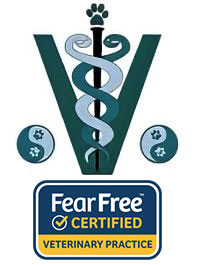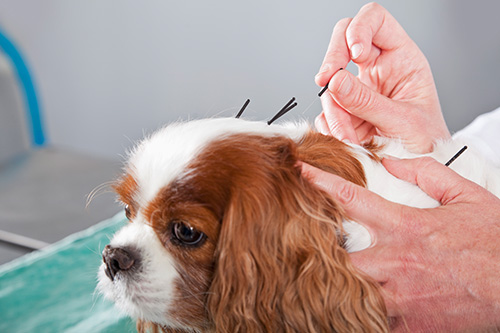Acupuncture is a part of TCVM (Traditional Chinese Veterinary Medicine). TCVM incorporates not only acupuncture but also Chinese herbs, food therapy (based on Chinese modalities), and Tui-na, which is Chinese massage. TCVM is well-known for its ability to facilitate the healing of wounds and relieve pain associated with musculoskeletal ailments. It also can be used to encourage the body to heal medical problems!
Acupuncture has been practiced on humans, horses, cows, and swine for over 2,000 years. It has only been over the past 50 – 60 years that the modality has been used in dogs, cats, and exotics.
Acupuncture consists of a family of procedures used for therapeutic intervention. The Chinese theory of acupuncture is based on the premise that there are patterns of energy flow within the body. Disruptions in the body’s energy flow cause health imbalances and disease.



